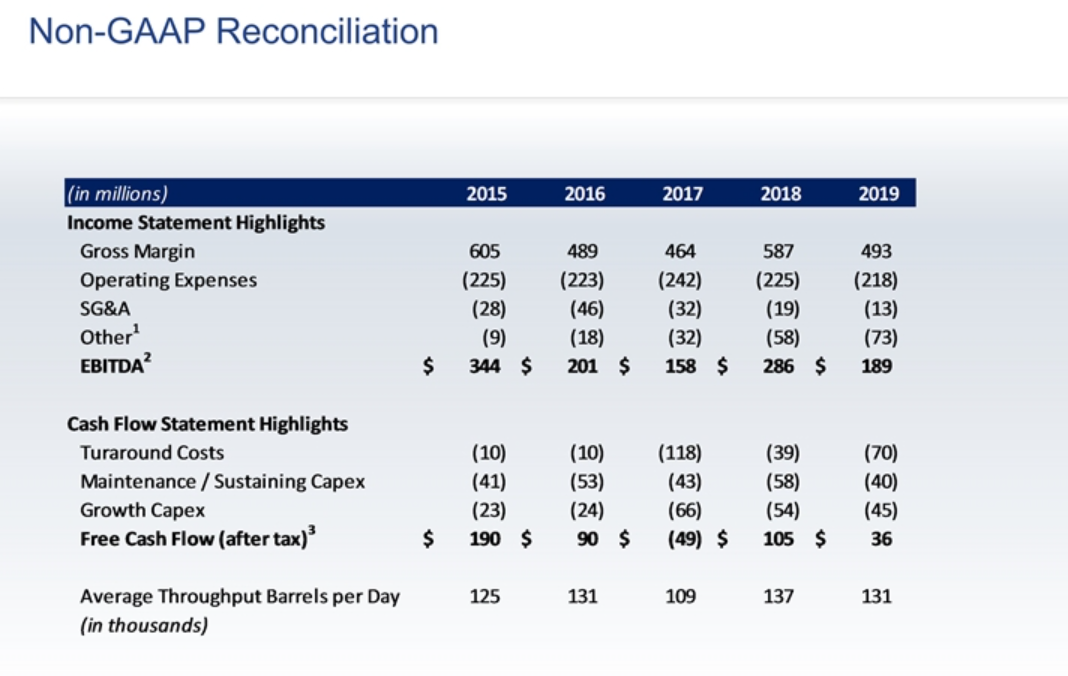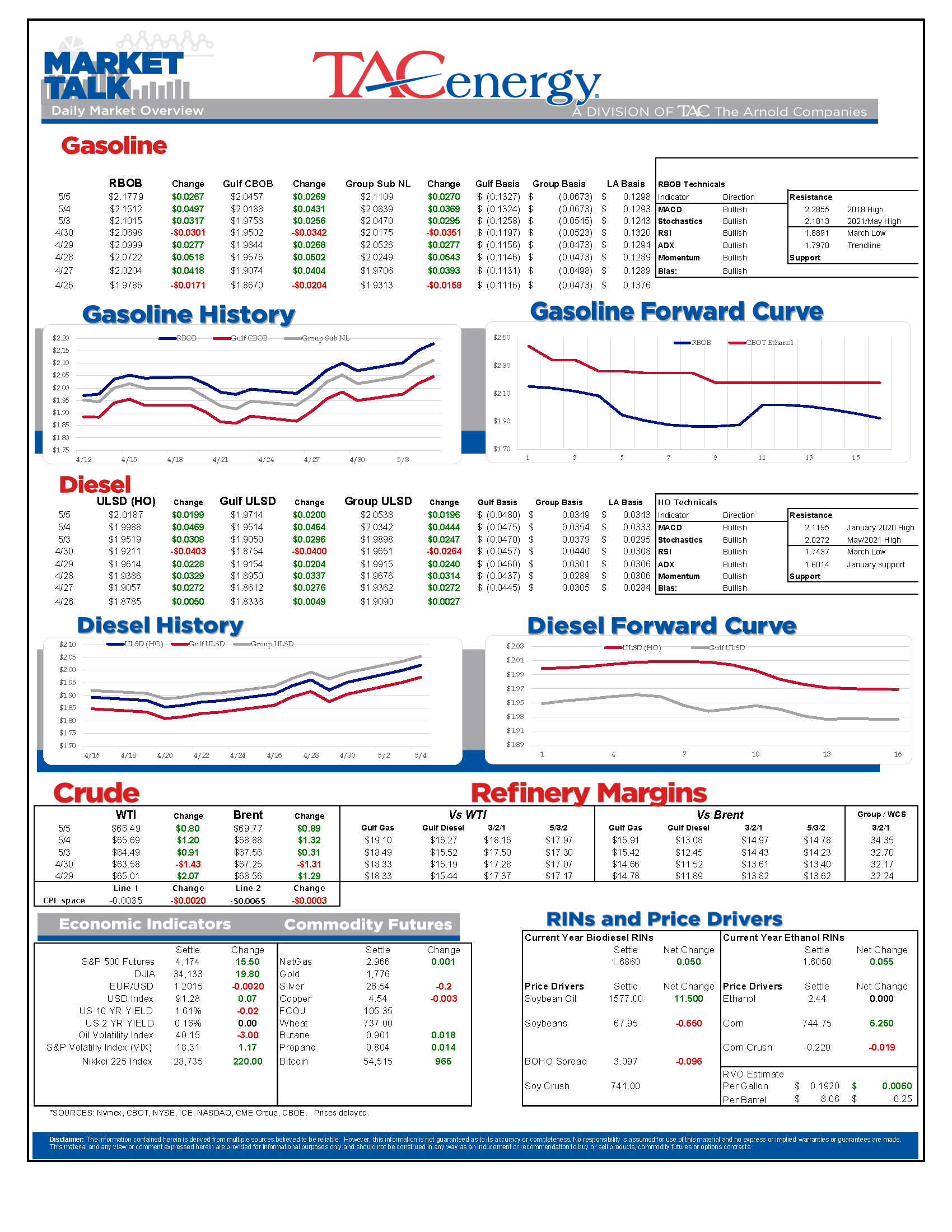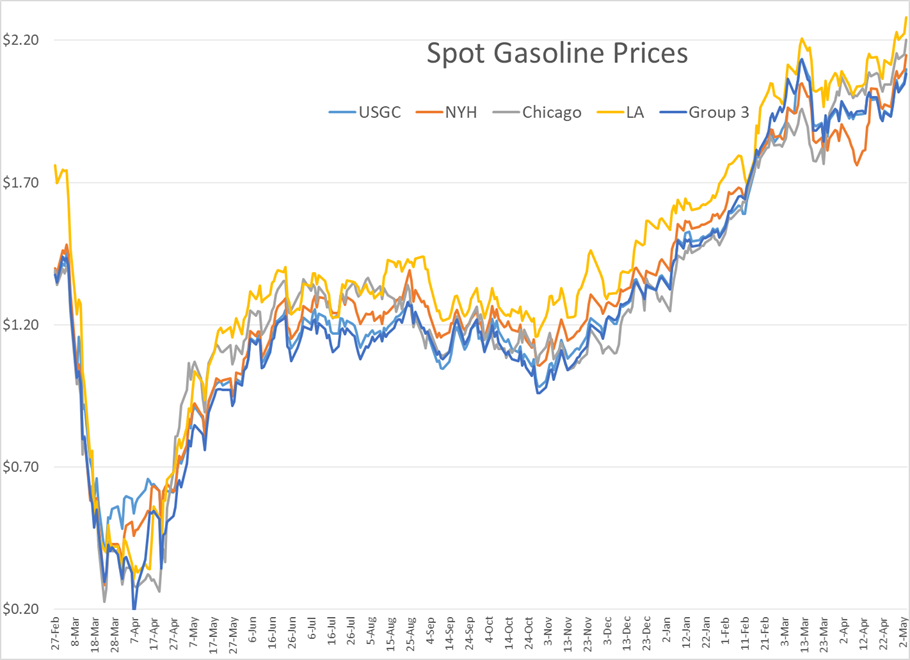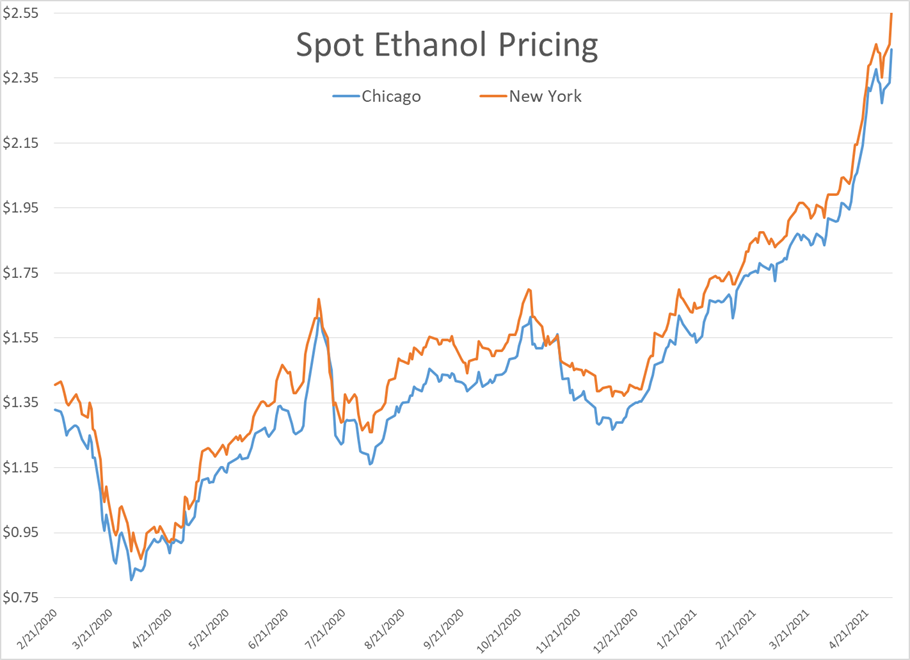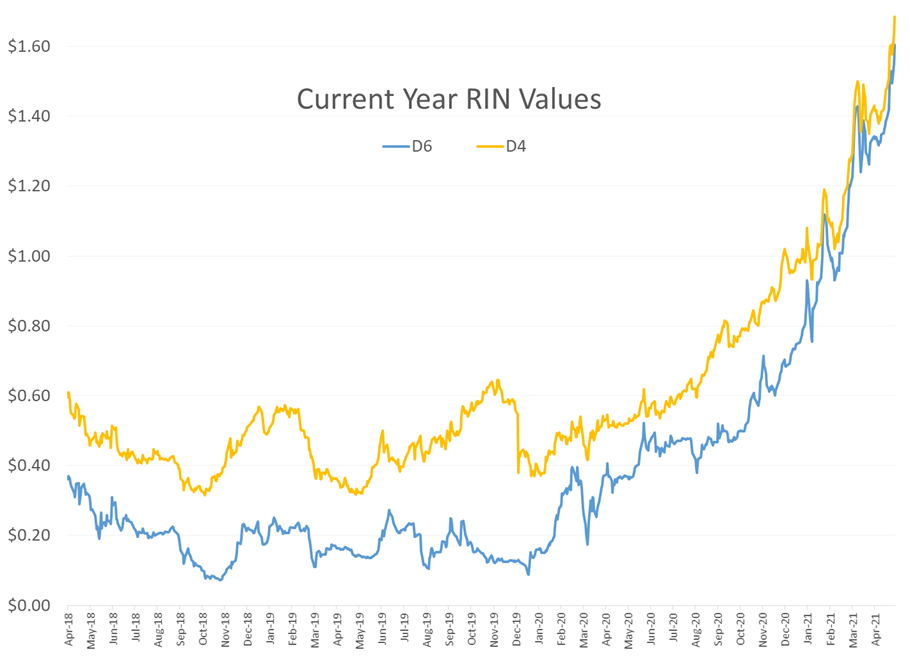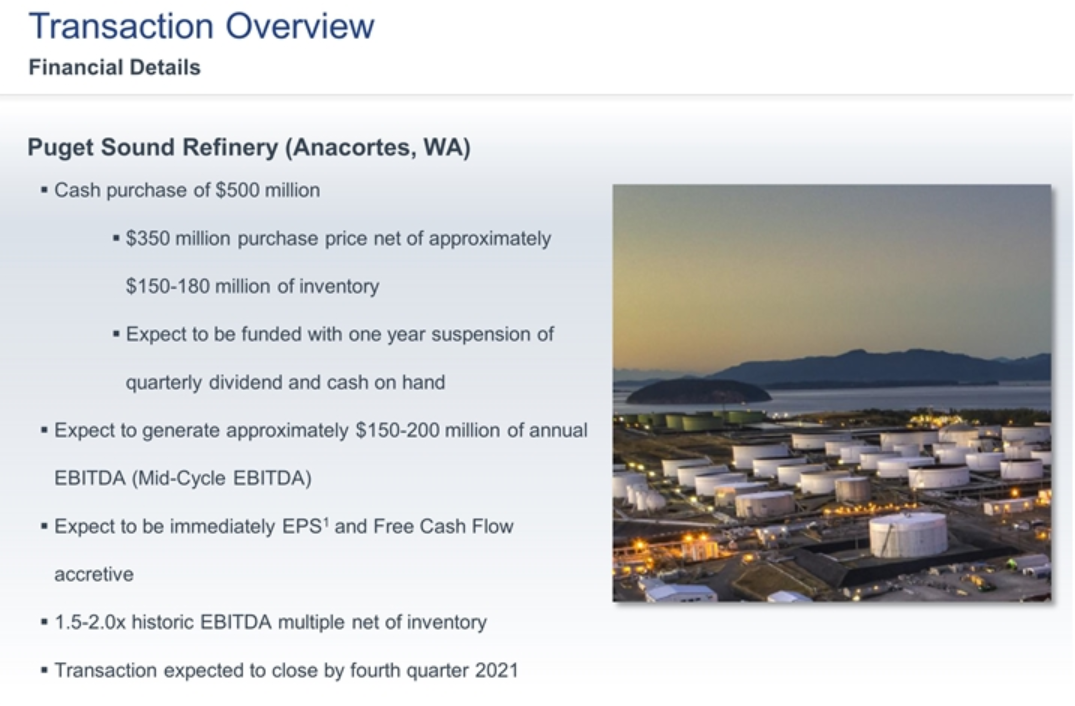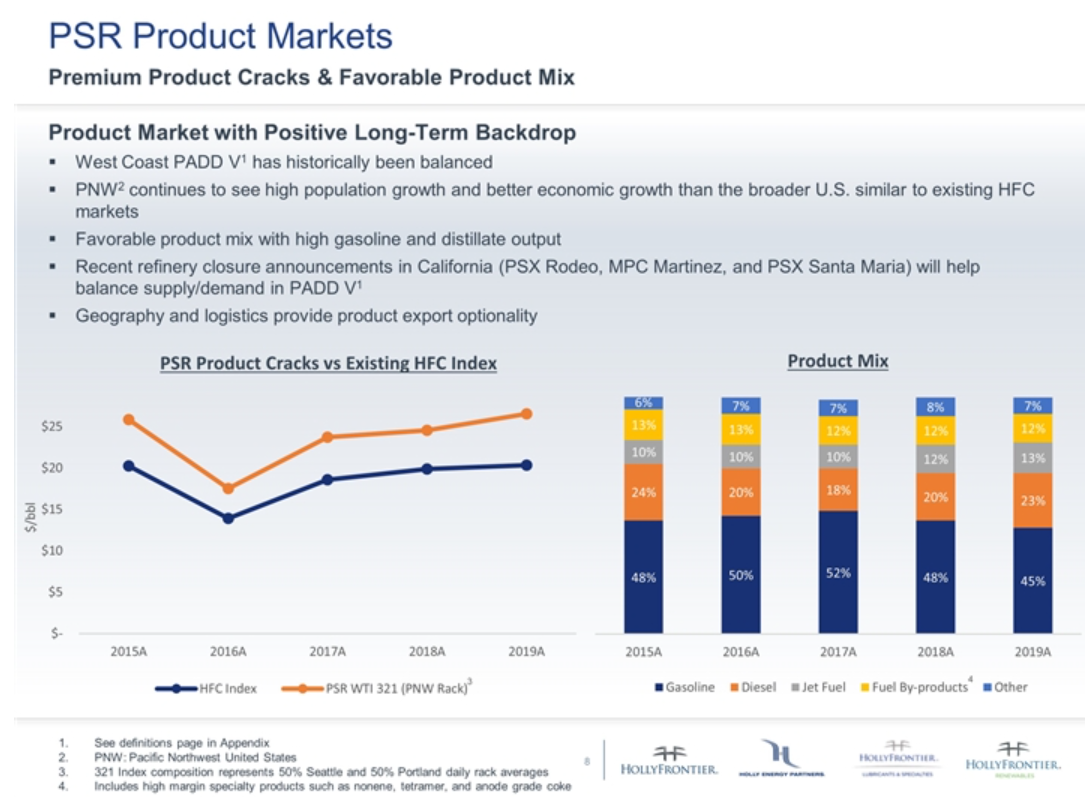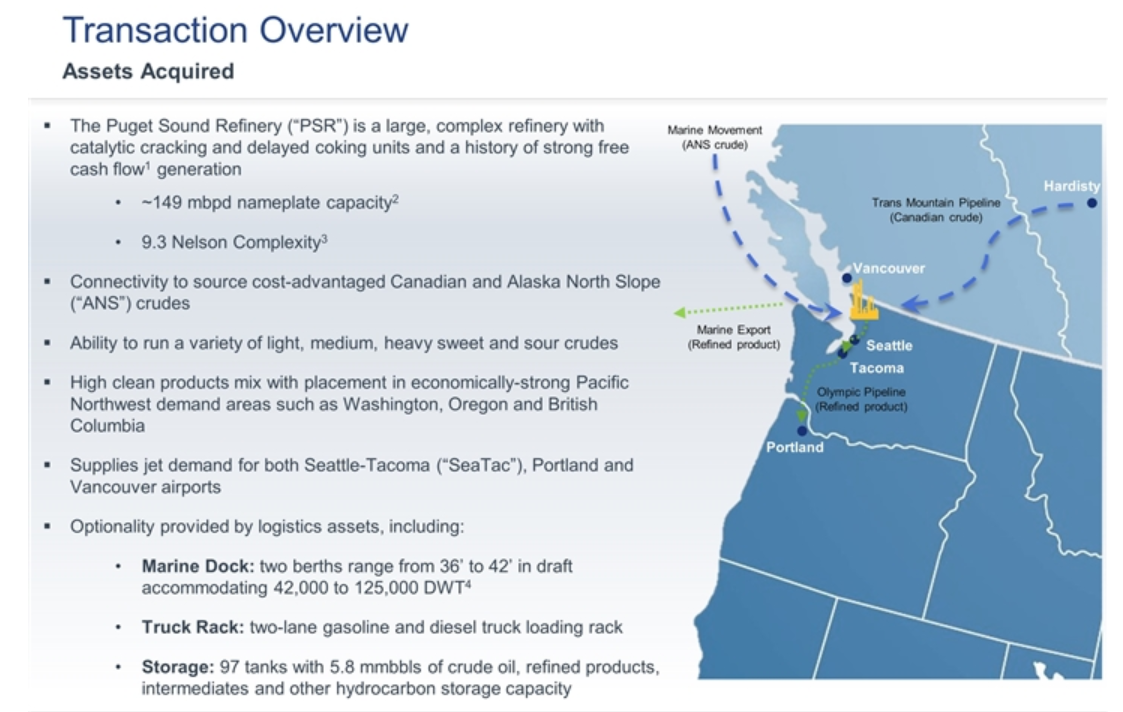Big Deal For U.S. Refiners Announced Tuesday

The rally continues for energy prices as gasoline futures have reached their highest level since July 2018 overnight, and ULSD has broken above $2 for the first time since COVID started wreaking havoc on the world. With the breakout to the upside this week, charts suggest that ULSD should now make a run at the January 2020 highs of $2.1195, while RBOB may test the May 2018 highs of $2.2855.
The API report Tuesday added some fundamental support to an already bullish technical landscape, with large draws for oil and refined products estimated last week. The EIA’s weekly report is due out at its normal time this morning. Last week the government’s demand estimates for gasoline were lower than anecdotal evidence suggested it should be, so if there’s a correction to the upside in consumption estimates this week the stage is set for this rally to snowball later today.
If you ever needed some evidence that low interest rates are the biggest driver of stock prices (and occasionally energy prices) Tuesday’s price action could be exhibit A.
After a morning temper tantrum when the U.S. treasury secretary (and former FED Chair) Janet Yellen suggested the FED may need to raise rates to keep the U.S. economy from overheating, stock markets recovered later in the day when she walked those statements back. While energy prices were up throughout the day, they did pull back some with the early stock selling, and rallied later in the day as optimism for free money returned.
Ethanol and RIN prices continued their big rally on Tuesday, with both D6 and D4 RINs reaching new all-time highs. Unless there’s a pullback in grain prices, it seems there’s little standing in the way of further advances in the coming weeks until the Supreme Court makes its ruling on small refinery waivers.
A big deal for U.S. refiners was announced Tuesday.
HollyFrontier announced plans to purchase the Shell refinery in Anacortes Washington Tuesday afternoon, and published a slide deck this morning giving the rationale for the purchase. With a price of less than 2X EBITDA for the facility (not to mention the other refineries its closed or sold recently) Shell’s lack of confidence in refining is clear, while Holly makes the case that demand in the PNW region is growing, and the other refinery closures should make this asset attractive. One other benefit of this refinery: deep water port access. That’s something the other Holly facilities in New Mexico, Oklahoma, Kansas, Wyoming and Utah probably won’t have anytime soon.
Holly also reported first quarter earnings, showing another rough stretch for refinery operations which lost $66 million, but were offset by a write-up of $200 million in inventory values, and a $51 gain from a tariff settlement. The company’s CEO said, “A record earnings quarter in our Lubricants and Specialties business, as well as steady performance from HEP, helped offset the impacts of heavy planned maintenance and winter storm Uri on our refining segment during the quarter. As we enter the summer, our focus remains on safely completing the build-out of our Renewables business on schedule.”
Speaking of getting renewable businesses on schedule: CVR announced it was delaying the start of its renewable diesel plant at the Wynnewood refinery in Oklahoma due to the effects of February’s winter storm, and delays in equipment deliveries.
Click here to download a PDF of today's TACenergy Market Talk.
Latest Posts
Crude Oil Inventories Climbed Above Year-Ago Levels For The First Time In 2024
Week 17 - US DOE Inventory Recap
The Energy Complex Is Trading Modestly Lower So Far This Morning With WTI Crude Oil Futures Leading The Way
Energy Futures Are Drifting Quietly Higher This Morning
Social Media
News & Views
View All
Crude Oil Inventories Climbed Above Year-Ago Levels For The First Time In 2024
Sell by May then go away.
The old trading adage looked good for energy markets in 2024 as the new month started off with the biggest daily sell-off of the year so far. WTI and ULSD contracts are now in “rally or else” mode on the charts with sharply lower prices a strong possibility now that technical support layers have broken down. RBOB doesn’t look quite as bearish on the charts, but seasonal factors will now act as a headwind as we’re well into the spring peaking window for gasoline prices, and we’ve already seen a 27 cent drop from the highs. If RBOB can hold above $2.50 there’s a chance to avoid a larger selloff, but if not, a run towards $2.20 for both gasoline and diesel looks likely in the months ahead.
The selling picked up steam following the DOE’s weekly report Wednesday, even though the inventory changes were fairly small. Crude oil inventories continue their steady build and climbed above year-ago levels for the first time in 2024. Demand for refined products remains sluggish, even after accounting for the RD consumption that’s still not in the weekly reports, and most PADDs are following a typical seasonal inventory trend. The Gulf Coast saw a healthy build in diesel inventories last week as the export market slowed for a 3rd straight week. Refinery runs dipped modestly last week following a handful of upsets across the country, but overall rates remain near normal levels for this time of year.
The Transmountain pipeline expansion began operations yesterday, completing a 12-year saga that has the potential to materially change refining economics for plants in the US that relied heavily on discounted Canadian crude to turn profits over the past decade.
The P66 Borger refinery reported another operational upset Monday that lasted a full 24 hours impacting a sulfur recovery unit. Last week the company highlighted how the plant’s fire department helped the surrounding area when the largest wildfire in state history came within feet of the facility.
The EPA approved a new model to determine life cycle carbon intensity scores this week, which cracks open the door for things like ethanol to SAF, which were previously deemed to not reduce emissions enough to qualify for government subsidies. The new model would require improved farming techniques like no-till, cover crop planting and using higher efficiency nitrogen fertilizer to limit the damage done by farms that no longer rotate crops due to the ethanol mandates. Whether or not the theoretical ability to produce SAF comes to fruition in the coming years thanks to the increased tax credit potential will be a key pivot point for some markets that find themselves with too much RD today, but could see those supplies transition to aviation demand.
The FED continues to throw cold water on anyone hoping for a near term cut in interest rates. The FOMC held rates steady as expected Wednesday, but also highlighted the struggles with stubbornly high inflation. The CME’s Fedwatch tool gave 58% odds of at least one rate cut by September before the announcement, and those odds have slipped modestly to 54% this morning.

Week 17 - US DOE Inventory Recap

The Energy Complex Is Trading Modestly Lower So Far This Morning With WTI Crude Oil Futures Leading The Way
The energy complex is trading modestly lower so far this morning with WTI crude oil futures leading the way, exchanging hands $1.50 per barrel lower (-1.9%) than Tuesday’s settlement price. Gasoline and diesel futures are following suit, dropping .0390 and .0280 per gallon, respectively.
A surprise crude oil build (one that doesn’t include any changes to the SPR) as reported by the American Petroleum Institute late Tuesday is taking credit for the bearish trading seen this morning. The Institute estimated an increase in crude inventories of ~5 million barrels and drop in both refined product stocks of 1.5-2.2 million barrels for the week ending April 26. The Department of Energy’s official report is due out at it’s regular time (9:30 CDT) this morning.
The Senate Budget Committee is scheduled to hold a hearing at 9:00 AM EST this morning regarding a years-long probe into climate change messaging from big oil companies. Following a 3-year investigation, Senate and House Democrats released their final report yesterday alleging major oil companies have internally recognized the impacts of fossil fuels on the climate since as far back as the 1960s, while privately lobbying against climate legislation and publicly presenting a narrative that undermines a connection between the two. Whether this will have a tangible effect on policy or is just the latest announcement in an election-yeardeluge is yet to be seen.
Speaking of deluge, another drone attack was launched against Russian infrastructure earlier this morning, causing an explosion and subsequent fire at Rosneft’s Ryazan refinery. While likely a response to the five killed from Russian missile strikes in Odesa and Kharkiv, Kyiv has yet to officially claim responsibility for the attack that successfully struck state infrastructure just 130 miles from Moscow.
The crude oil bears are on a tear this past week, blowing past WTI’s 5 and 10 day moving averages on Monday and opening below it’s 50-day MA this morning. The $80 level is likely a key resistance level, below which the path is open for the American oil benchmark to drop to the $75 level in short order.
Click here to download a PDF of today's TACenergy Market Talk.
